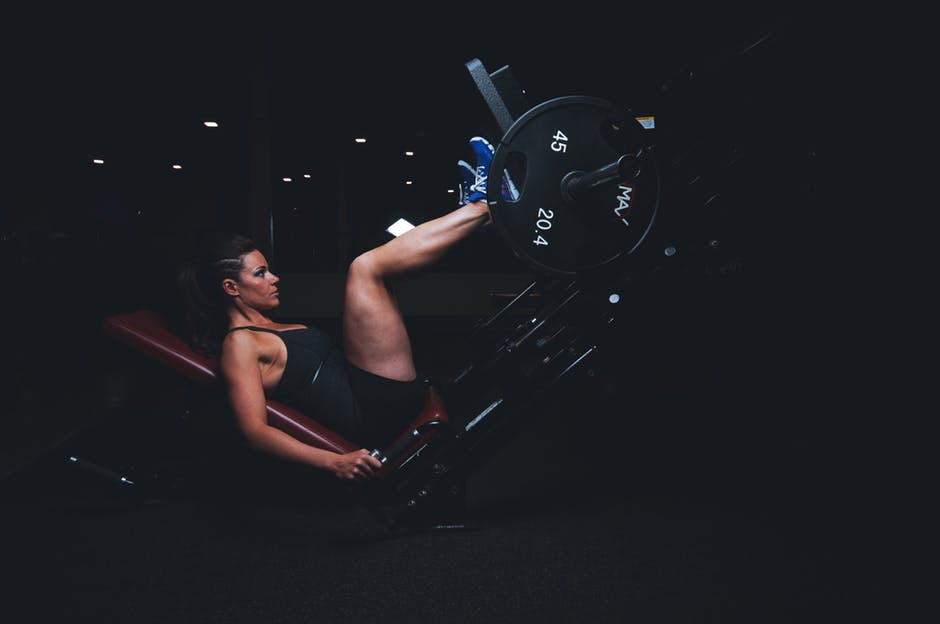
Understanding the Antagonist Muscle Group
Share
The human body has approximately 650 muscles which together work in harmony to create some small machine. Each of these muscle groups has an exact opposite group of muscle which keeps it in check. When the muscles move the body in a given direction, the muscles are responsible for generating the movement, known as agonists while those opposing are referred to as the antagonists.
For instance, when doing the back extension CrossFit workout movement, the agonist's muscles are responsible for extending the back while the muscles producing the back flexion which is the opposite movement are the antagonists. The importance of having these two muscle groups at play is that they keep the spine stabilized. Additionally, they have to balance on their own so that your spine can be healthy.
The Back Extension Muscles
These are slightly complicated muscles compared to a bicep curl. The reason is, they are more in number and are found in many areas of the body. When doing a back extension, muscles such as the erector spinae and multifidus which collectively form the extensor muscles of the back, contract. These muscles run up along your spine from the skull all the way to the base. Their work is to extend the spine and comfortably bend it backward. When doing a back extension, these muscles play the role of agonist.
Antagonist Muscles
These muscles are found on the opposite side of the body, commonly referred to as the ab muscles. The most popular abdominal muscle is the rectus abdominis. This is the muscle people see in a CrossFitter with a six-pack. The rectus abdominis moves all the way from the front of the pelvis up to the bottom of the ribs. It works to flex the spine in a movement opposite to that of back extensor muscles.
In doing this, the rectus abdominis works hand in hand with the transversus abdominis and external abdominal obliques. The transversus abdominis are found deep into the ab muscle. Regarding coverage, they span from the pelvis all the way up to the bottom of the sternum including the sides of your hips. Since the transversus abdominis, external oblique, and rectus abdominis flex your back, they are antagonists to your back extensor muscles.
Only the above three abdominal muscles make up the antagonist group for your back extension. The only muscle that is left out is the internal abdominal oblique. In terms of positioning, this essential muscle in CrossFit exercises is sandwiched between the transversus abdominis and the external abdominal oblique. Its role is in rotation of the spine.

Reciprocal Inhibition
Do you sit to imagine what may happen if the antagonist and agonist muscles contract all at the same time? Thankfully, your nervous system stands in the gap for you. If this happens, you would freeze and be unable to move. Thanks to reciprocal inhibition, your body can move smoothly by relaxing the antagonist when the agonist contracts.
When in the CrossFit gym doing back extension, your nervous system is usually alert to relay signals to the abdominals to relax when your spine starts extending. The result of this is your back extension muscles smoothly lifting the spine.


